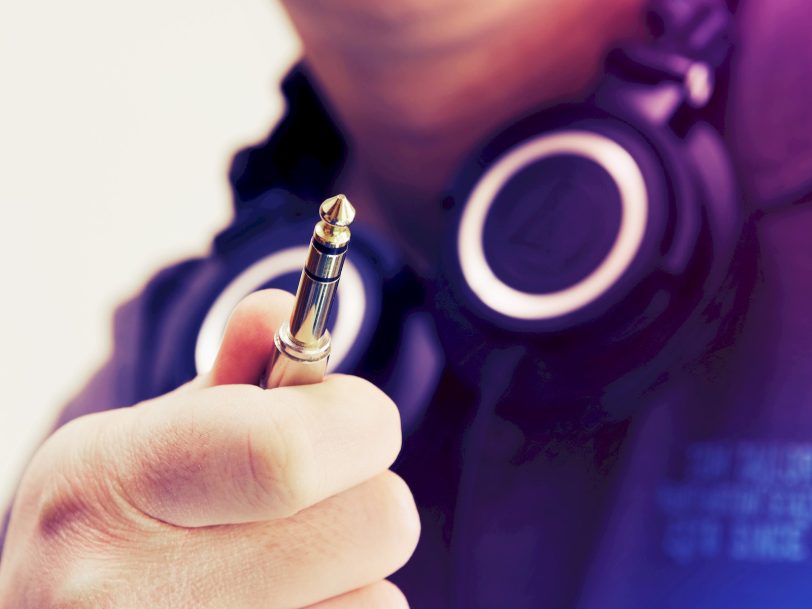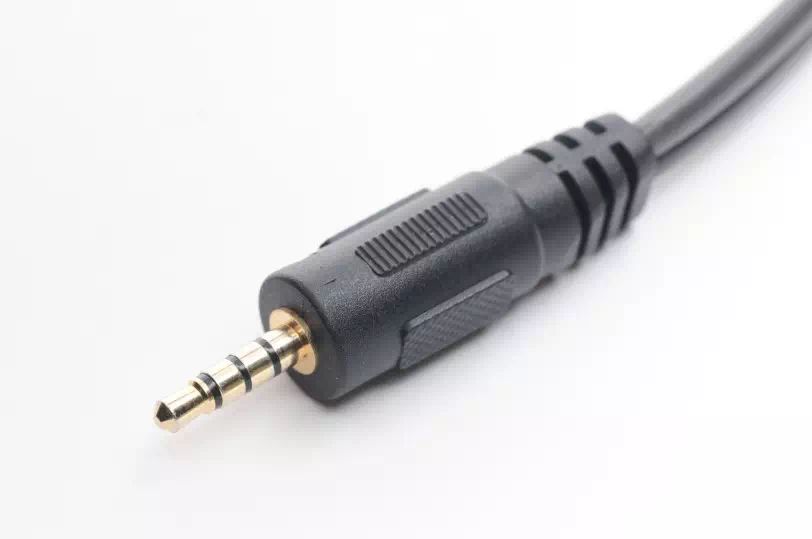What is TRS cable?

The TRS cable is one of the greatest boons for DJs and audio professionals and is an alternative to XLR as it is considered balanced. Also called 1/4 inch or 6.35 mm cable, this cable has some important features that we will talk about here.
The most famous balanced cables are XLR and TRS which are used in different situations, scenarios or needs. But we must not forget to compare it with TS cables, which are considered “worse”. We give you our impressions and analyze them thoroughly.
What is TRS cable?
It is a cable very similar to the typical 3.5mm jack, but is 6.35mm in size and is characterized by having 2 lines on the ring. TRS stands for End (Point) / Ring (ring) / Sheath (sleeve) and indicates the number of contacts on the end of a cable and in the case of TRS it is considered stereo because of the 2 contacts / lines. This gives us a left and a right channel.
When we say 3.5mm or 6.35mm we are talking about the outer diameter and that is because the TRS cable is a balanced cable. The lead has a positive lead while the ring has a negative lead, the audio signal passes through and the leads pick up any noise or interference and cancel it to give a clean, clear audio signal. This is provided by the polar opposites that exist.
Although we have a balanced TRS cable, we can use it for mono or stereo signals, giving us the versatility to use it in headphones or any device that needs a balanced connection.
Alternatives to TRS: XLR, TS and TRRS
I would like to talk about the most common alternatives to the TRS cable, where XLR, TS and TRRS are combined.
TRS and XLR cable

We’ve already covered the XLR cable in the introduction, but we haven’t compared it to TRS and that might help. XLRs are used for balanced mono sound and sometimes stereo signals going from one device to another. In contrast, TRS is used for headphones and stereo connections. Both are analog cables that use electricity to transmit information and are also used to balance an analog cable; they also have 3 contact points to balance the contacts.
This is why XLR is used for balanced cables and when some strain relief is needed, but the truth is it’s mostly used for condenser or dynamic microphones. The problem is, it’s more expensive than TRS and we’ll have to go around with adapters many times. Instead, TRS is also a balanced cable, less expensive and used for inputs and outputs. The disadvantage is that it does not have a separate wire for grounding.
We can conclude that both are very good 2 cables with the same function. Both improve sound quality, eliminate noise and establish a healthy connection. A DJ will use a lot more TRS than XLR, just as a musical product will always have XLR cables on top.
TS and TRS cable
This comparison is easier because TS cables are unstable and are used for musical instruments that send mono signals, such as guitars. In general, they are generally long and very easy to use, with a very typical recommendation not to use cables longer than 6 meters if we want to avoid interference.
Therefore, TRS is used for balanced signal needs because TS cables only output mono, not stereo. The big difference between these cables is in the audio channels, which is something we quickly detect in the rings. Of course we can see that both come with the same diameter of 6.35mm. Basically, they are used for different purposes.
TRS and TRRS cable

Finally, we find the alternative of TRS cable known as TRRS, which is a connector consisting of one end (T), two rings (RR) and a sheath (S). The main difference is that they offer more channels and connect to smartphones, tablets or other devices that take advantage of a built-in microphone.
The fact is that a TRS cable can be used on a TRRS port with 2 overlapping standards. Therefore, it is easy to find adapters from TRS to TRRS or vice versa, given their excellent compatibility.
The problem here is that with TRS we won’t have a conduit for the headphones’ internal microphone, so the TRRS cable can be used with smartphones, laptops, etc. more suitable for Now with Bluetooth connectivity all this is a thing of the past as most manufacturers have eliminated the jack on phones and almost everyone uses a bluetooth headset.
I take this opportunity to say that wired audio will always have more options to deliver greater quality and less latency than Bluetooth. This topic is not a topic of discussion, but we need to go for very good models to match or exceed sound quality in bluetooth.